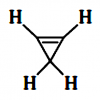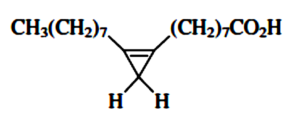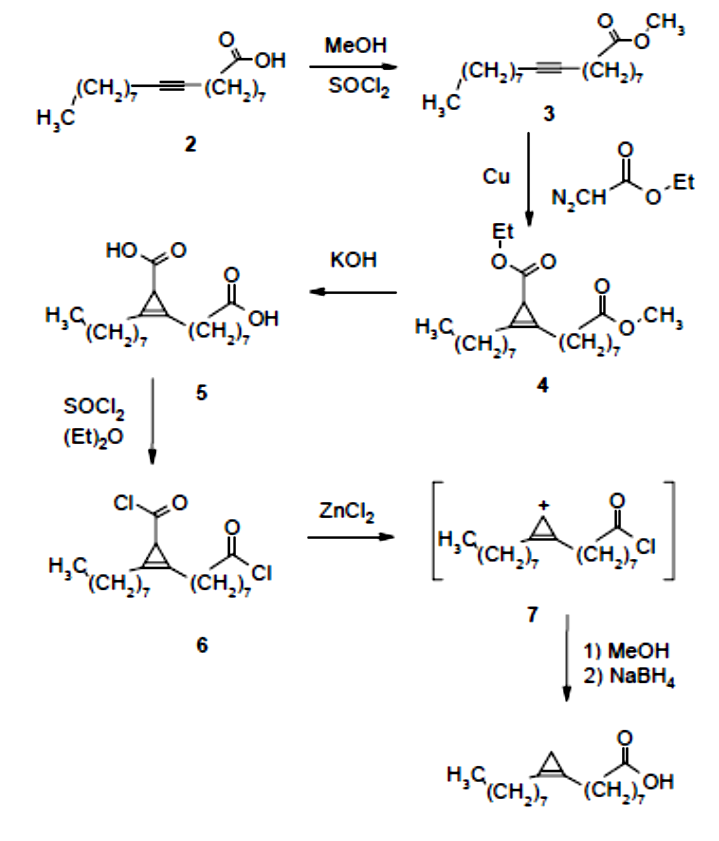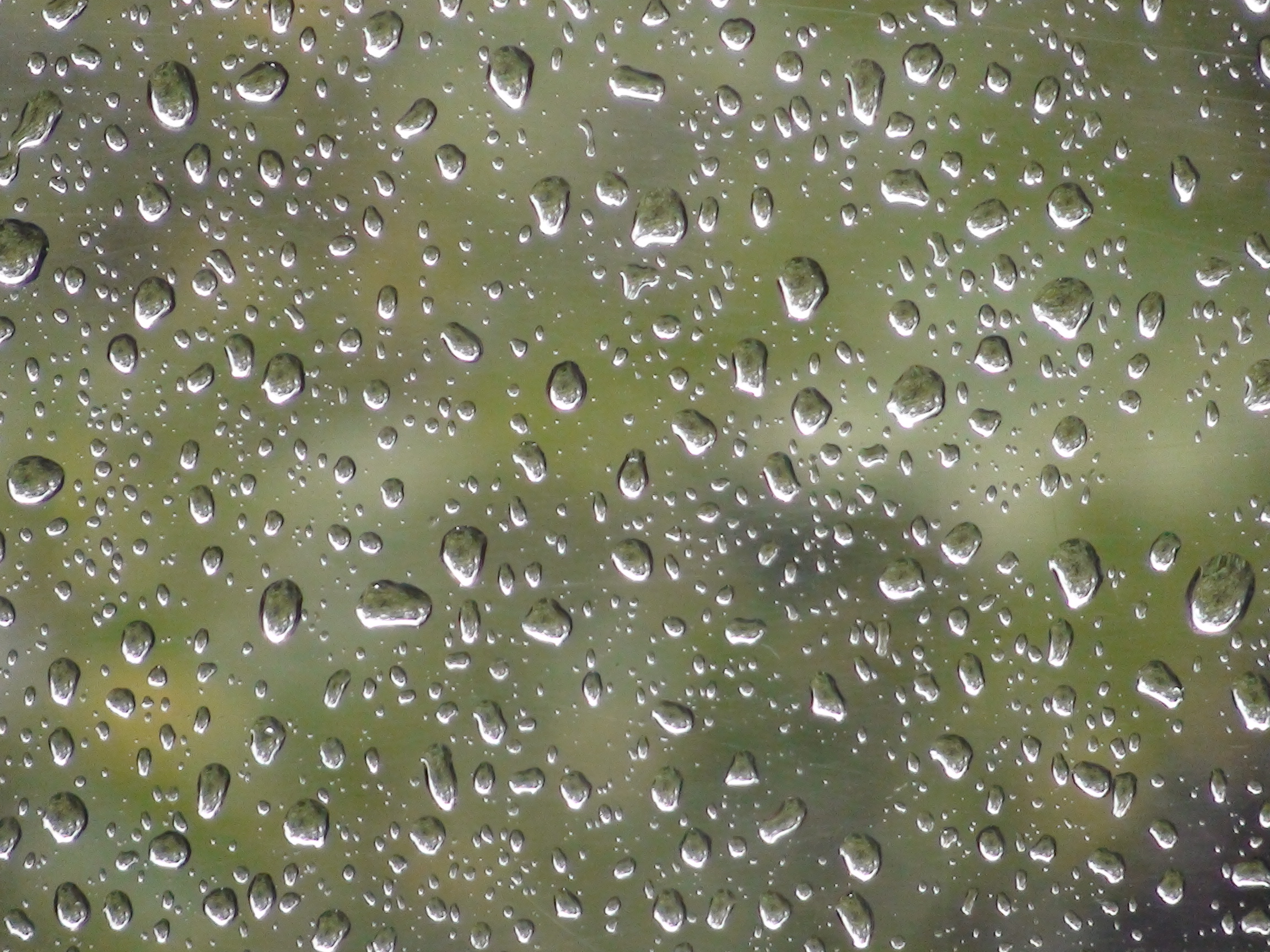Interesting facts from the world of organic chemistry
Alkenes and cycloalkenes:Does cyclopropene exist in nature?
Alkenes and cycloalkenes:
Undoubtedly cyclopropAne is among the unusual compounds. Nevertheless, cyclopropAne exists. When a three-membered cycle with single bonds can occur, the question arises: is there also a cyclopropEne ring – cyclopropEne? CyclopropAne is a three-membered cycle containing only single bonds. The bonds between the carbon nuclei in cyclopropAne form an internal angle of 60°. It is thus very strongly deformed compared to the optimal value of 109°28′. For such a small circle, it is therefore assumed that there is a deviation of the bonding orbitals from the junction of the nuclei. At the same time, there is a significant reduction in the mutual overlap of the bonding orbitals. This greatly increases the susceptibility of the cyclopropane ring to its opening, or reaction.

We can encountered cyclopropene not only in the laboratory, but we can even find it in nature, although only modestly and as part of a much larger carbon skeleton.
Naturally occurring compounds with a three-membered ring and containing one double bond are endowed with a very wide spectrum of various properties. These are biological, insecticidal, fungicidal, herbicidal, antiviral, antibacterial, hormonal, antitumor, but also carcinogenic, enzyme and gluconeogenesis inhibiting properties in neurochemical activity. Among the most important substances with a cyclopropene ring are mainly two fatty acids – sterculic and malvalic acid. These are contained in plants of the Malvale order (except the cocoa tree). Structurally, they differ only by one CH2 group, which is located in the chain between the carboxyl and the cyclopropene. In the case of malvalic acid, one CH2 group is missing from this chain. Unfortunately, both of these acids are carcinogenic and damage the reproductive organs. Their content in raw cottonseed oil varies between 0.6-1.2%. After refining, their content drops to 0.01%.

Sterculic acid is possible to synthesize in the laboratory according to the following scheme:

Picture above: Schematic process for the production of sterculic acid
Resources:
1) CAREY A.F.: Organic Chemistry, fourth edition. International edition, copyright © 2000 by The McGraw-Hill Companies, Inc. Chapter 5 – Structure and Preparation of Alkenes: Elimination Reactions, p. 180.
2) HERNANDO J., M. P. MATIÁ et al.: Synthesis of sterculic acid. Planta Piloto de Química Fina, Universidad de Alcalá, 28871 Alcalá de Henares Madrid, Spain.
3) SKORNYAKOV Y.V. et al.: A new example of the three-component reaction: nucleophilic ring opening in (…). Russian Chemical Bulletin, International Edition, Vol. 54, no. 9, pp. 2129—2132, September, 2005.
4) http://www.chemi.muni.cz/~vlasta/TOPOT2007-05.pdf [online], access: 19.1.2013.
